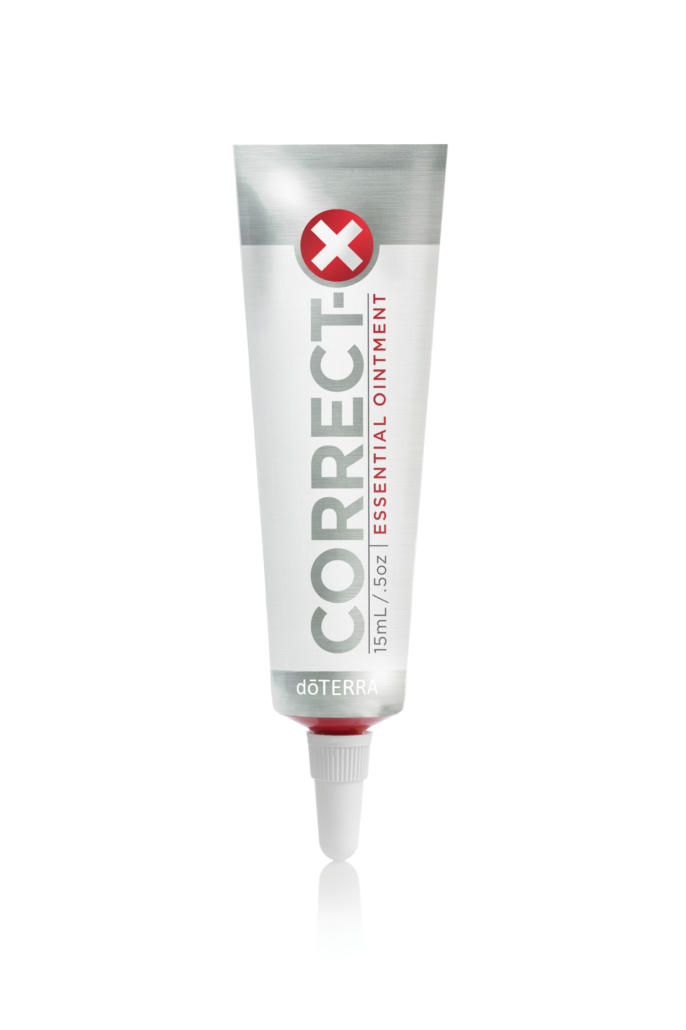Correct-X
Essential Oils for Skin
Get relief from discomfort with doTERRA essential oil blend in CORRECT-X.
Self efficacy is taking care of yourself.
Essential oils relieve discomforts.
Apply topically.
This product can be taken applied topically on all ages of skin.
Kids can safely use essential oils.
Cellular Defense Mechanisms
DNA damage from both endogenous (inside) and exogenous
(outside) sources caused by oxidative stresses is implicated in the accumulation
of injury to DNA that coexists with the aging process and progresses toward
various malignancies. Oxidative stresses are mediated by both reactive oxygen
species and reactive nitrogen species that bind to DNA, causing mutational
consequences that are transcribed ultimately into the DNA-derived cancer
cells. Human cellular defense mechanisms against these processes are
numerous but not effective enough, unless provided with significant folic acid
and antioxidant-carrying capacity to scavenge the large quantities of ROS
and RNS generated by oxidative stresses induced by infection, inflammation,
exercise, and high altitude. If not repairable, cellular defenses “enable” the
cell to undergo apoptosis, or cell death, if the DNA damage is too severe.
Proper nutritional building blocks from functional foods and supplements
are required to make adequate repairs of damaged DNA.
Carbon dioxide distilled oil of ginger (Zingiber officinale Roscoe,
Zingiberaceae) contains potent phytomolecules, as [6]-gingerol and
[6]-paradol, which also have antitumor promotional and antiproliferative
effects. Resveratrol (3, 5, 4′-trihydroxy-trans-stilbene), a phytoalexin found
in grapes, creates a longevity-inducing metabolic environment of caloric
restriction. Resveratrol and epigallocatechin gallate, a major antioxidative
green tea polyphenol, exert striking inhibitory effects on diverse cellular events
associated with multistage carcinogenesis. In addition, these phytomolecules
have the ability to suppress proliferation of human cancer cells via induction
of cell death (Surh, 1999).




